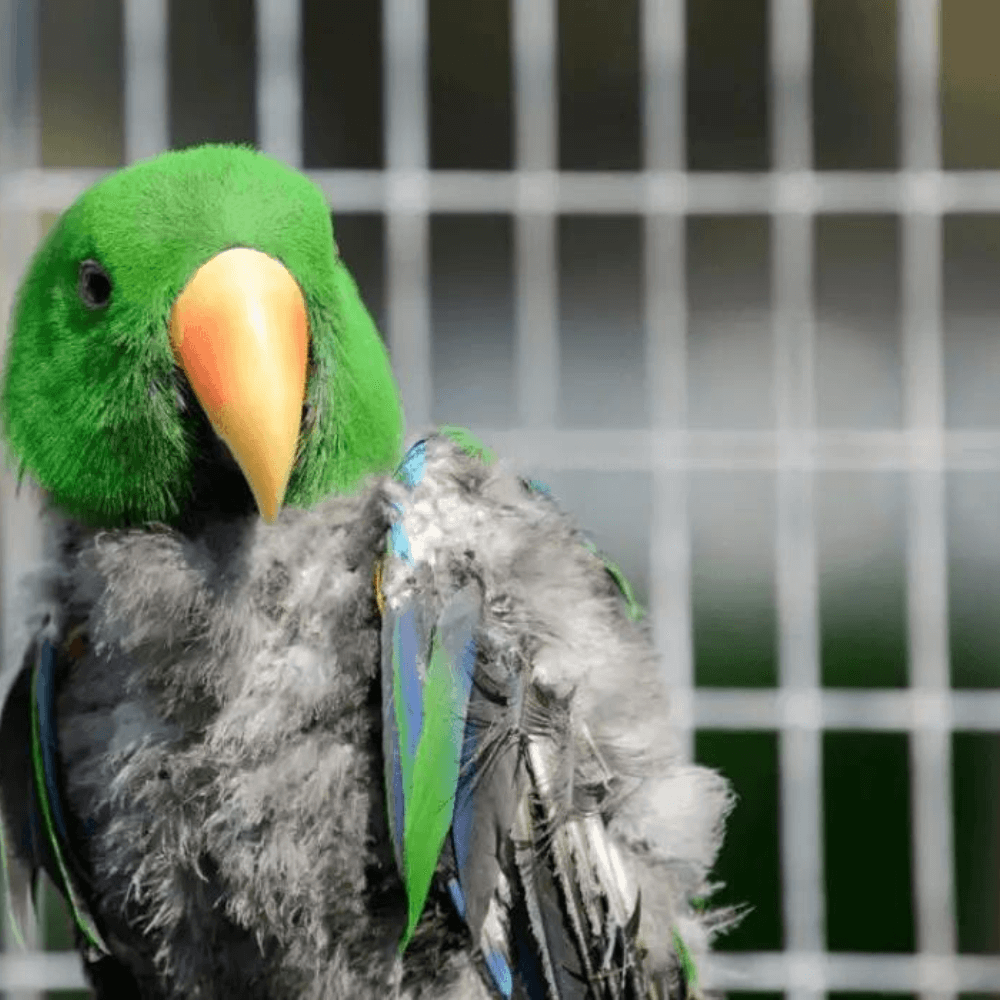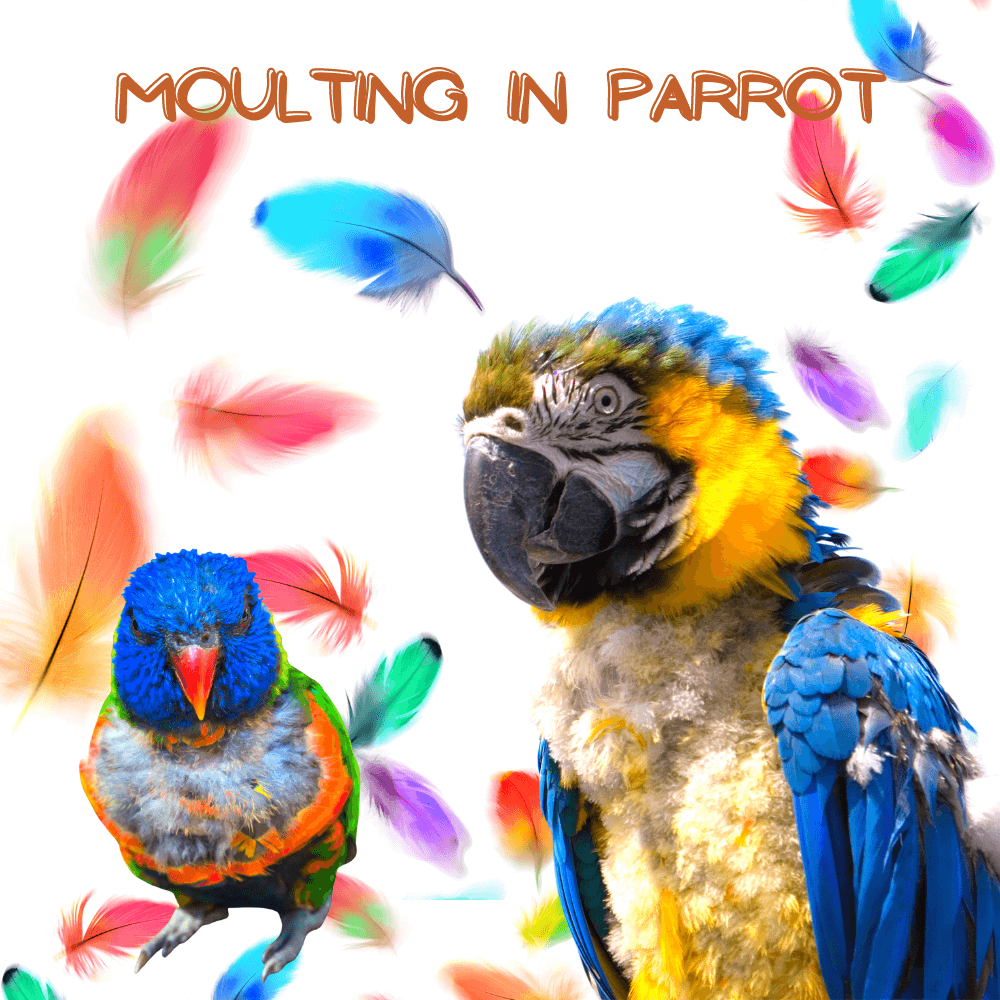Moulting in parrot: Plumage moult is an essential moment in the life of any bird. We tell you all about this process in parrots in the following lines.
The molting of parrots and the state of their plumage are the main indicators of their state of health. One could say that the state of the feathers makes it possible to suspect a possible disease. It is then necessary to be attentive to the moult and the state of the feathers, in order to prevent diseases and correct errors in feeding on time.
Moulting parrot
Birds cyclically renew their feathers, a process known as molting. This process is physiological: the old feathers gradually fall to make room for new growth. Usually, parrots moult every one or two years and are particularly accentuated in spring and autumn.
A normal moult never leaves skin lesions or uncovered areas. The new feathers will be the same color as the rest of the bird’s plumage. Color changes can only be seen during the first molt in some species such as parakeets or elegant cockatiels, which acquire their final color after the first molt.
Parrot Stress and depigmentation

One of the main abnormalities in birds is stress marks, which appear as dark, almost black, translucent bands. These bands indicate chronic stress or nutritional deficiencies.
Stress marks are sometimes confused with depigmentation. However, the latter will extend over a large part of the feather and will not be in the form of a band.
Depigmentation is not associated with stress, but with poor diet or lack of sun exposure. Faced with these chronic problems, it is necessary to consult an exotic animal veterinarian.
One of the main abnormalities in birds are the stress marks which appear as dark, almost black bands with a translucent character.
Parrot feather problems
Some infectious diseases affect plumage, such as beak and feather disease, which is caused by a virus. In addition to general symptoms, such as diarrhea, lethargy, and vomiting, other possible symptoms include feather shedding, discoloration, or abnormal colors.
Broken feathers are usually caused by improper handling, fights between parrots housed in the same enclosure, or the use of small cages that do not allow the animals to move freely.
The appearance of bald spots is also common in parrots and is due to feather pecking. Pecking is one of the most dangerous processes in birds.

